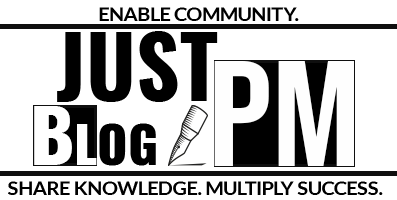Closing procurements is a pivotal phase in the project management lifecycle. It signifies the culmination of the procurement process, ensuring that all contractual obligations have been met and that both parties are satisfied with the outcomes. This phase is not merely about ending a contractual relationship but ensuring it’s done systematically, transparently, and with due diligence. The tools and techniques employed in this process play a crucial role in achieving these objectives. Let’s delve deeper into these essential tools and techniques:
- Procurement Audits: A procurement audit is a structured review of the entire procurement process, from initiation to closure. It aims to pinpoint successes and areas of improvement, offering invaluable insights for future projects. Evaluating the whole procurement lifecycle ensures process adherence and checks if all objectives were met.
- Negotiated Settlements: In the realm of procurement, disputes are not uncommon. Negotiated settlements provide a mechanism to amicably resolve these disagreements without resorting to legal avenues. A mutually beneficial resolution can be achieved through direct negotiations between the buyer and the seller, preserving the relationship and saving on potential legal costs.
- Records Management System: An organized and efficient records management system is indispensable in procurement. It ensures systematic storage, organization, and retrieval of all procurement-related documents, from contracts to correspondences. Features like version control add to its utility, ensuring everyone accesses the most updated document and promoting transparency and accountability.
- Alternate Dispute Resolution (ADR): When direct negotiations hit a wall, ADR methods like mediation or arbitration come into play. These are less formal, more cost-effective, and usually faster than traditional court proceedings. A neutral third party aids in steering the disputing parties toward a consensus.
- Contract Closure: This is the formal process of verifying that all work, deliverables, and stipulations in the contract have been satisfactorily met. It’s a systematic way to confirm that both the buyer and the seller have upheld their end of the bargain.
- Performance Reviews: This involves thoroughly assessing the seller’s performance against the contract’s stipulations. It ensures the seller’s adherence to their obligations and gauges the buyer’s satisfaction level with the deliverables.
The tools and techniques used in the Close Procurements process are not just procedural formalities but instrumental in ensuring a smooth, transparent, and efficient conclusion to the procurement journey. They safeguard the interests of both parties, ensuring that the procurement process adds value to the project and the organization.


